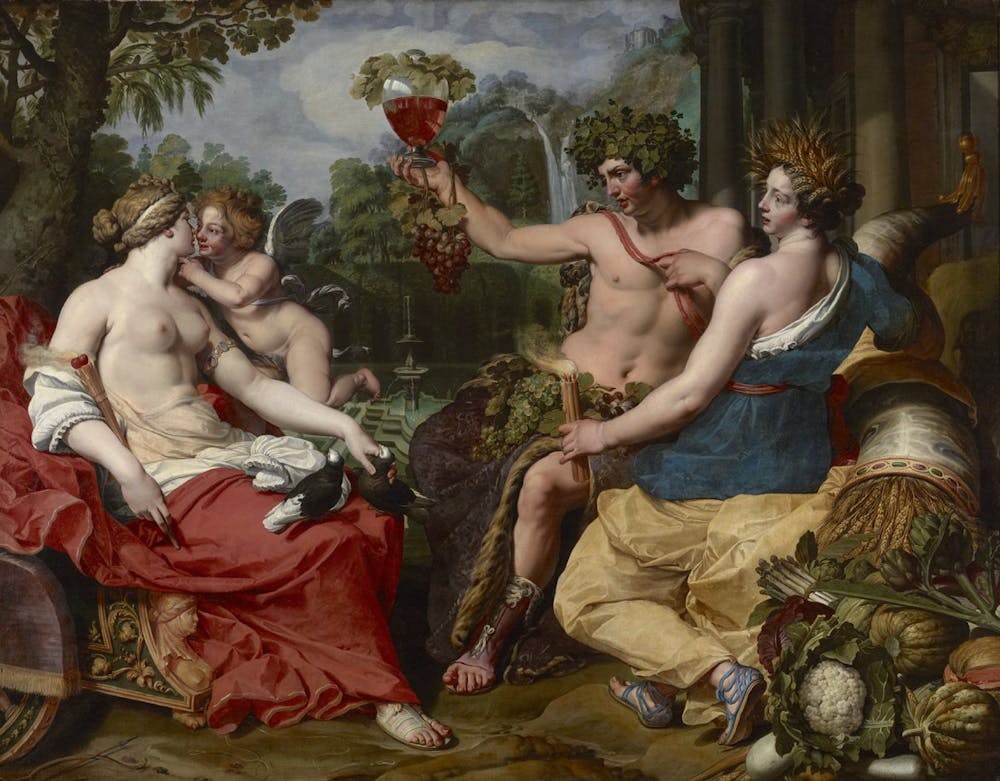Unveiling the Enchanting Nightlife and a Spectrum of Beverages: From Swanky Bars and Craft Brews to Opulent Wines
Picture this: once the quirks are ironed out of the time machine, and we can embark on a tourist escapade back to Rome—after duly signing the non-intervention paperwork, of course—we’ll need an expert guide to lead us.
Enter Garrett Ryan, the charismatic host of the Told In Stone YouTube channel, a Ph.D. holder in Greek and Roman History, and the author of “Naked Statues, Fat Gladiators, and War Elephants: Frequently Asked Questions about the Ancient Greeks and Romans.” He has dedicated himself to answering the everyday questions about these ancient cultures that often escape the attention of most historians. And these are the questions we’ll need answers to as tourists, especially if we plan to revel in the vibrant nightlife of Ancient Rome.

Because inevitably, someone in our tourist group will ask, “Where are the bars and nightclubs?” A fair question. Ryan has all the answers, beautifully presented in the video above.

Similar to the party scenes in Las Vegas or Dubai, the real revelry unfolded among the elite, the idle rich who could afford day-long banquets, extravagant activities like live lion hunts, and imported dancers from as far as Spain. In Ryan’s vivid reconstruction of a debauched night out, he follows a typical nouveau riche individual who ventures into the grittier parts of the city, instigates fights sorted out by bodyguards, and then finesses his way into a mansion party by claiming to know an insider (and possibly slipping some bribes to the guards). And then, the festivities continue until the break of dawn.

For the majority of Romans, however, the cities weren’t bustling at night. Most people rose at dawn and retired at dusk. Bars and eateries did exist, but post-dinner hours saw the rise of establishments that weren’t family-friendly. There was gambling and drinking, harried waitresses who had no time for fools, and the beer and wine were inexpensive but exceptionally low quality. Wait, what exactly has changed? Not much, it seems.

Ryan’s other videos provide quick histories of the beer and wine selections you might encounter in Rome and the broader empire. Despite the disdain of the upper classes for Roman preferences in beer, a majority of future Europe, including Gaul (modern-day France), favored it.
Tacitus deemed beer (from Germany) as bad as spoiled wine, with much of it being sour and improved only with the addition of sweeteners. Dioscorides, the physician, disapproved of beer due to its tendency to cause excessive gas. While that may hold true, it’s not like Roman wine would win any gold medals today.
Both the Greeks and Romans preferred their wine heavily diluted, likely necessary to mellow its strong taste. Sweeteners like honey were added to enhance the flavor. Most wine, fermented in vats, only lasted up to a year before turning into vinegar.




